Broom Universe 23 The Pinus cembra Saga 9
New galleries of Pinus cembra
Franz Etzelstorfer in Austria started to search after Pinus cembra brooms, as he was informed about the shots of Gunther Horstmann. Horstmann found in 1977 some cembra brooms in the Tamangur Mts., which became later a ground to further discoveries. (HB 1-5). The # 2 has got a name of Matterhorn and became a famous exemplar. Clement has shown us in the spring his aged Matterhorn.
The first expedition of Franz brought 2 new brooms in the 90s, and later on he got new friends in the discovery actions as Frantisek Borovec, J�rg Kohout, Ladislav Krejci, David Holubec.
By this way in Cesko was known yet about the discovery tours, and more people joined to the company. The founder 'Fathers' are really deep in the broom harvests, which were all time hold after a summer dicsovery.
Today its a history, but the "Company" becomes every year new members. Miroslav Malik, Franz Pirklhuber, Milan Simanek, Zdenek Novak joined to the founders, and it was a good decision. They found year to year more and more. As it was clear, that the "industrial kind of broom harvest" needs a solide backstage for grafting, came Mr. Malik, who cares now about the propagations and the introduction of the new cembra selections to the market.
Enjoy please the Pinus cembras of the Etzelstorfer Gardens.

Pinus cembra # 2 Mesterhazy & Etzelstorfer photo
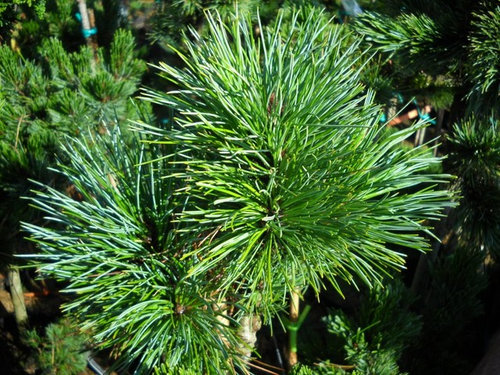
Pinus cembra Adige # 2 Mesterhazy & Etzelstorfer photo
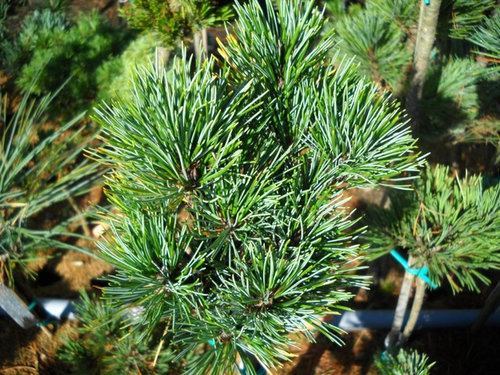
Pinus cembra Alter Hund Mesterhazy & Etzelstorfer photo
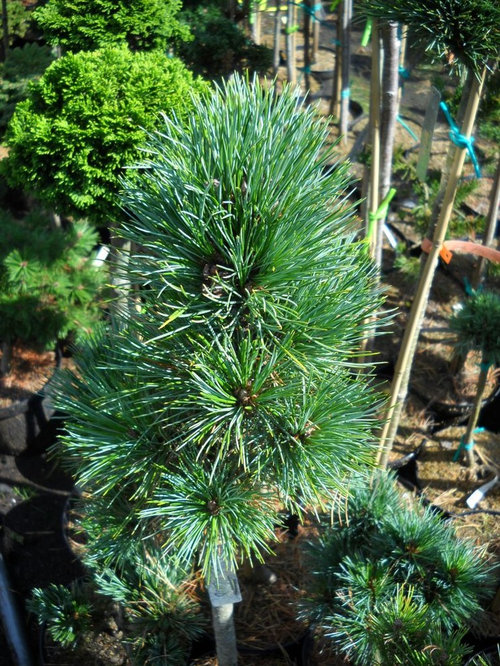
Pinus cembra Alter Hund Mesterhazy & Etzelstorfer photo
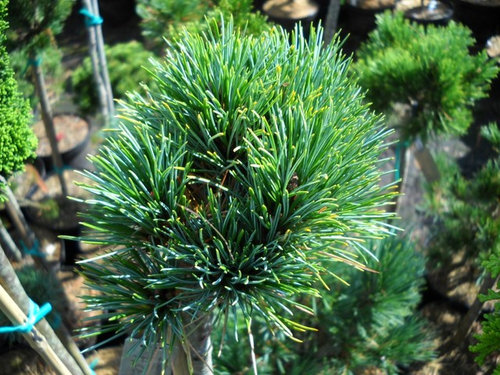
Pinus cembra Bambino Mesterhazy & Etzelstorfer photo
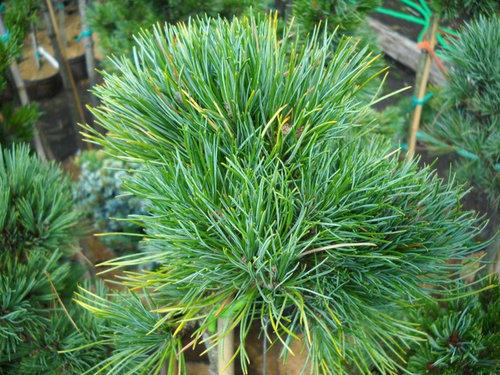
Pinus cembra Berggeist Mesterhazy & Etzelstorfer photo
Pinus cembra Bergkonigin Mesterhazy & Etzelstorfer photo
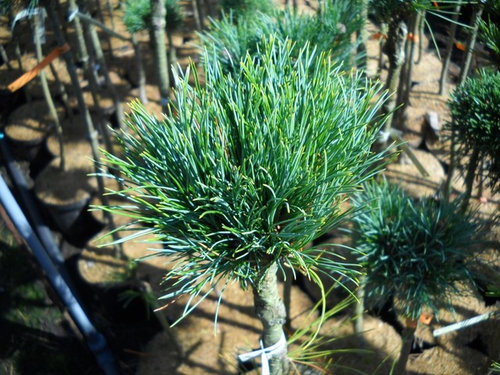
Pinus cembra Bergsonne Mesterhazy & Etzelstorfer photo
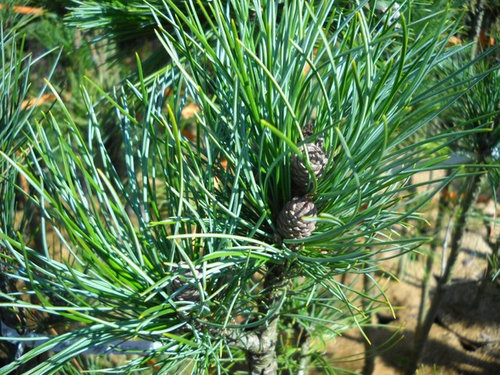
Pinus cembra Fanda # 2 Mesterhazy & Etzelstorfer photo
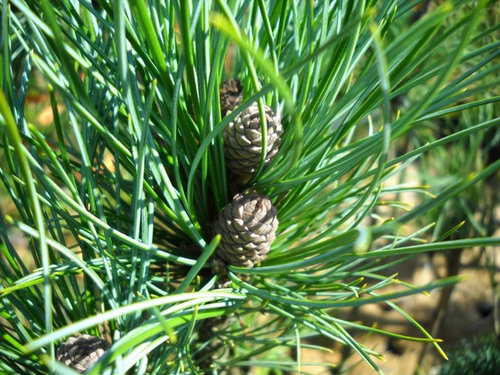
Pinus cembra Fanda # 2 Mesterhazy & Etzelstorfer photo
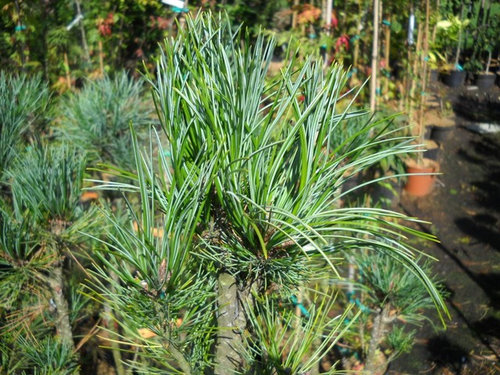
Pinus cembra Fanda Mesterhazy & Etzelstorfer photo
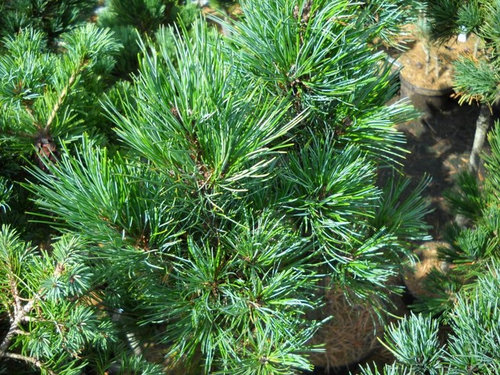
Pinus cembra Fodara Mesterhazy & Etzelstorfer photo
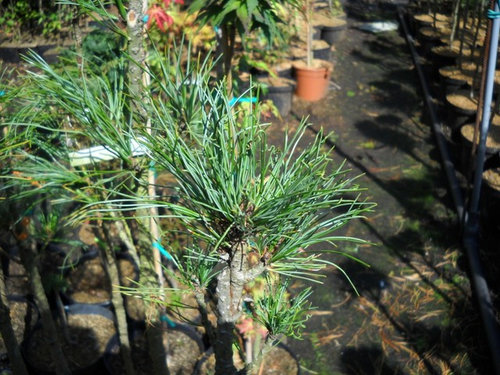
Pinus cembra Frieda Mesterhazy & Etzelstorfer photo
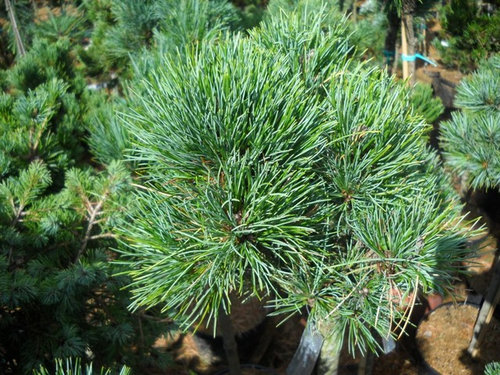
Pinus cembra Granitzen Mesterhazy & Etzelstorfer photo
Pinus cembra HB Bohle Mesterhazy & Etzelstorfer photo
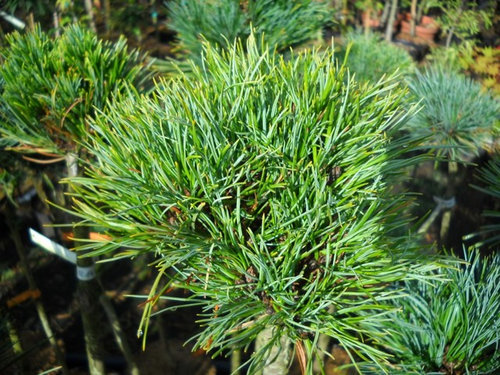
Pinus cembra Heike Mesterhazy & Etzelstorfer photo
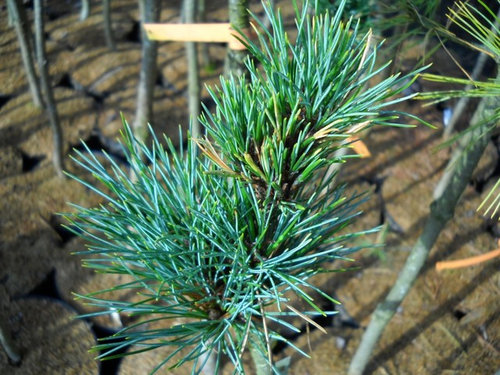
Pinus cembra Herbstwind Mesterhazy & Etzelstorfer photo
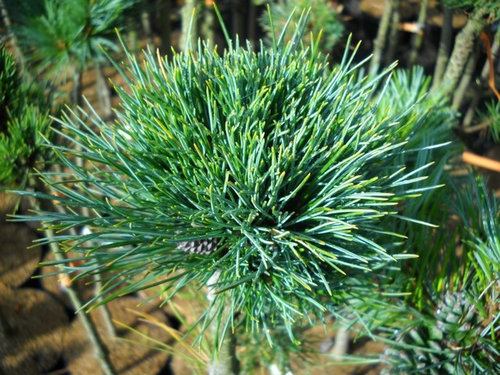
Pinus cembra Herbstwind Mesterhazy & Etzelstorfer photo
Zsolt









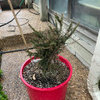


whaas_5a
mesterhazypinetumOriginal Author
gardener365